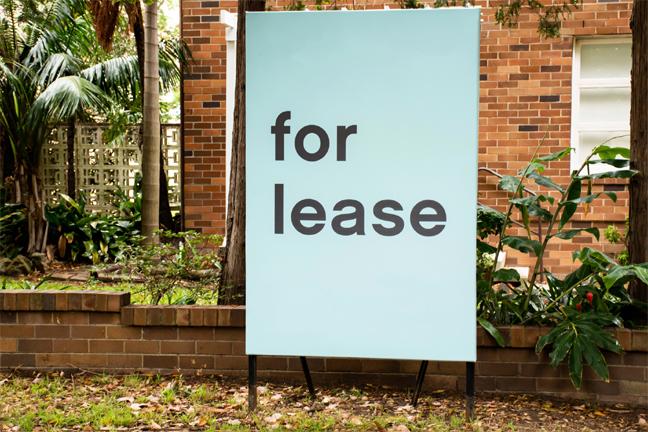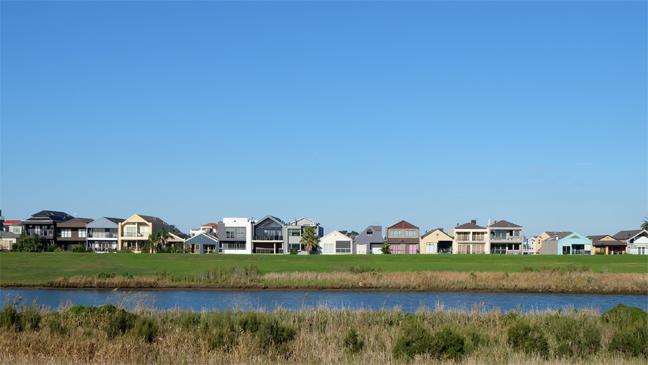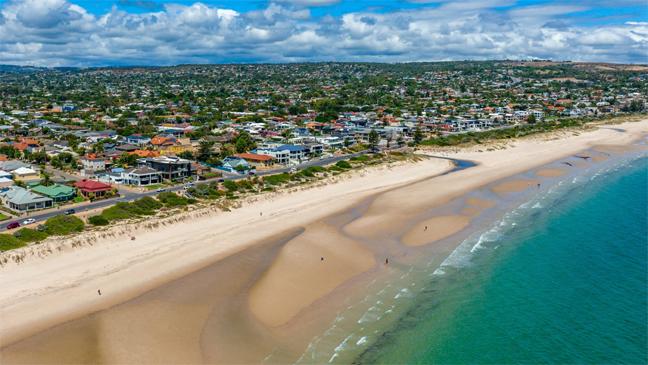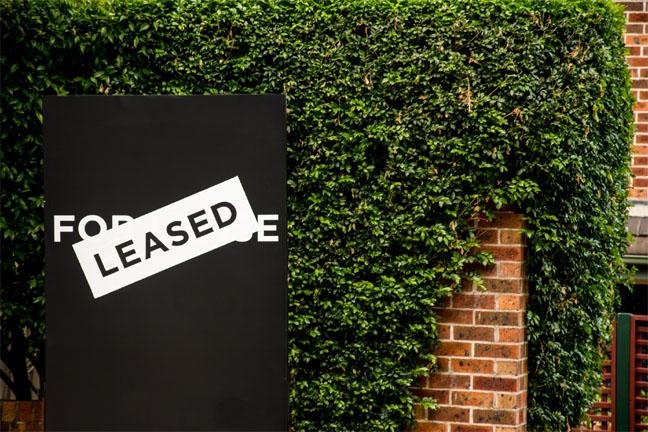How did Australia wind up with the tightest ever rental market?
Cameron Kusher,
Director of Economic Research
Updated 27 Sep 2022, 1:36pm
First published 27 Sep 2022, 9:43am
It has been the culmination of a number of decisions over a number of years that has created the tightest rental market on record – and there’s no quick or easy way out of it.
If we go back to 2014, investor borrowing had been on a steady increase, as had interest-only lending, a type of mortgage option that many investors utilise.
The value of lending to investors was at its highest share of housing finance commitments on record. Investor credit growth lifted to its fastest annual rate of growth since early 2008 and although historic data is not as long as data on interest-only lending, the share of borrowers taking out interest-only mortgages was also historically high.
And then the banking regulator stepped in.
The Australian Prudential Regulation Authority (APRA) became sufficiently concerned that lending practices had deteriorated, so they announced the introduction of macroprudential controls on lending in late 2014.
These initial macroprudential policies were:
- A speed limit on credit growth to investors of 10% annually (it had risen 10.3% over the year).
- A minimum serviceability buffer on mortgages 2% above the loan product rate (it is now 3%) and a minimum floor assessment rate of at least 7%.
- Highlighting that lenders should be limiting lending at high loan-to-income ratios, lending at high loan-to-valuation ratios (LVRs), lending on an interest-only basis to owner-occupiers for lengthy periods and lending at very long terms.
As a result of these initial macroprudential and ongoing changes to international banking rules around mid-2015, we started to see lenders in Australia charge mortgage interest rate premiums for investor loans and interest-only loans.
These higher interest-rates were due to the fact that investor loans were perceived as being more risky although there has since been research which shows they are no more risky than owner-occupier loans.

A combination of decisions has led us to the tightest ever rental market. Picture: Getty
In March 2017, there was further intervention from APRA. These interventions were:
- Limiting the flow of new interest-only lending to 30% of new residential lending (it was 36.3%, down from a 45.6% peak in the June 2015 quarter) and within that:
- Strict internal limits on the volume of interest-only lending at LVRs above 80%; and
- Ensure there is strong scrutiny and justification of any instances of interest-only lending at an LVR above 90%.
- Annual growth in investor credit growth was to remain ‘comfortably below’ 10% growth (it was 4.7% at the time).
- Review and ensure that serviceability metrics, including interest rate and net income buffers, were set at appropriate levels for current conditions.
- Continue to restrain lending growth in higher risk segments of the portfolio (e.g. high loan-to-income loans, high LVR loans and loans for very long terms).
Further APRA intervention occurred in April 2018. They were:
- APRA removed the investor loan growth benchmark from 1 July 2018 as long as lender’s boards could provide written confirmation that their policies and practices met the expectations set out below:
- Interest rate buffers comfortably above two percentage points over the loan product rate, and interest rate floors comfortably above 7%.
- Application of these interest rate buffers and floors to both a borrower’s new and existing debt commitments, with sufficiently conservative proxies used where necessary.
- Discounts on uncertain and variable income, with haircuts of at least 20% for most types of non-salary income and expected rental income.
- For interest-only loans, an assessment of serviceability for the period over which the principal and interest repayments apply (i.e. excluding the interest-only term).
Thereafter, in December 2018 APRA removed the speed-limit on interest-only lending and in late May 2019 removed the serviceability floor rate of 7%. However, they increased the serviceability assessment buffer to 2.5%, with it later increasing to 3% in October 2021.

Right across the country, tenants are struggling with increased competition, dwindling supply and rapidly rising prices. Picture: Getty
Over this period, we also saw many state governments increase land tax rates for investors, with larger increases for overseas investors and investors leaving properties vacant.
The by-product of all these changes was that it became a lot more expensive and a lot less desirable for people to invest in real estate.
There has been a steady increase in investors selling their properties since 2014, exacerbated through the pandemic, and a significant drop in new investors entering the market, reducing the supply of rental stock as the population of the country has continued to grow and demand for rental accommodation has increased.
The pandemic worsened these shortages as people relocated out of capital cities and took on second homes, either in regional areas or in the capital cities, which may not be their principal place of residence but also are not available for long-term rentals.
Although AirBnb launched in Australia in August 2012, it has become much more prevalent over recent years, notwithstanding it’s challenges during the pandemic. What that means for property investors is there are now alternatives to just long-term rental markets that short-term rentals such as AirBnb or Stayz offer.
More from Insights

PropTrack Listings Report - August 2022
12 min read


Investing in real estate has been made less attractive over recent years - putting downward pressure on housing supply. Picture: Getty
By making it more expensive and more difficult for investors to access finance, and more expensive for investors to hold residential property through increased land taxes, we have reduced the supply of rental stock.
With fewer first-home buyers and overseas migration to Australia now lifting, it appears that the rental market will tighten further and the cost of renting will continue to climb. This is particularly likely in the major capital cities – and there is no imminent solution to curtail these challenges.
New housing supply remains constrained. In inner-city locations especially, there is less new apartment stock coming to completion. The stock that is under construction has been predominately sold to owner-occupiers as opposed to investors, due to the high but the price of land acquisition.
The only way to resolve this situation is to either increase the supply of rental stock or decrease the demand.

Solving the rent crunch won't be easy - or quick. Picture: Getty
Supply can be increased by building more homes, but if we plan now, it will take a number of years until they are built. Or we can boot supply through increased investor purchasing of existing homes. An increase in investors purchasing is a challenge in the current environment with higher interest rates and higher serviceability hurdles to overcome.
The easiest way to slow demand for rental accommodation is to assist more people to buy their first home.
That is tricky in a rapidly rising interest rate environment because while property prices are falling, so too are borrowing capacities. While federal and state governments have incentives in place for first-home buyers, if more can be done, such as removing stamp duty for this cohort, as is proposed in New South Wales, this could also go some way to easing the rental strain.
Decisions made over the past eight years to discourage investment in residential property have got us into this situation. It is going to take some time to untangle the rental market challenges we’re currently experiencing.



